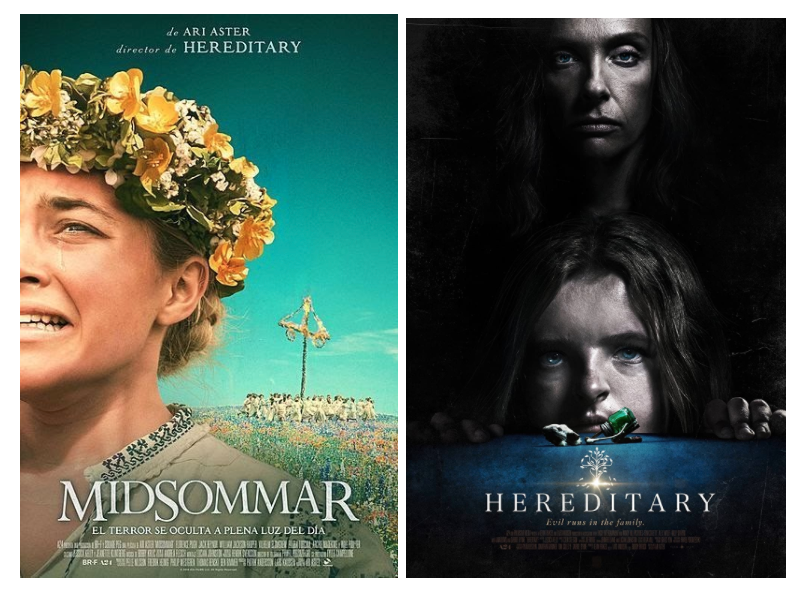“Midsommar” and “Hereditary” display Ari Aster’s unique creative style
“Midsommar” and “Hereditary” serve as companion pieces, both exploring the impact of grief on relationships under the direction of Ari Aster.
Ari Aster released his debut feature film, “Hereditary,” in 2018. Starring Toni Collette and Alex Wolff, “Hereditary” follows the increasingly intense set of events the Graham family undergoes following the death of its secretive grandmother. It explores themes of family and inheritance, ultimately questioning how flaws and traumatic experiences are passed down from one generation to the next.
“Hereditary” was soon followed by “Midsommar,” another feature film written and directed by Aster. “Midsommar” observes Dani, played by Florence Pugh, after she loses her immediate family to a murder-suicide, soon accompanying her boyfriend on a trip to Sweden for an authentic midsummer festival. As the festival unfolds, so do unexpected bouts of cult-like violence, including human sacrifice. Aster examines how grief impacts our decisions, considering themes of breakups, community and loss.
Despite their seemingly different characters and plots, “Hereditary” and “Midsommar” arguably serve as companion pieces, both considering how grief impacts human relationships. Aster provides a new perspective to the horror genre. Neither of his movies rely on typical tactics such as jump scares or gore. Instead, they focus on building intensity throughout the entireties of their runs. The true horror of Aster’s movies do not come from monsters or serial killers—they come from fear of damage that can only be done by those closest to us.
Sound plays a significant role in the intensity marking Aster’s work. Aster and his team’s emphasis lay not only on sound but the lack thereof. According to Aster, his audio technicians eliminated almost all ambient noise from “Midsommar.” The silence despite the presence of natural elements such as wind and small creatures leaves viewers with an unsettling feeling that does not go unnoticed. “Hereditary” follows a similar pattern. According to supervising sound editor Lewis Goldstein, his team paid close attention to quiet moments. They subtly “floated around” sounds from the dialogue and soundtrack at different paces, creating suspense and uneasiness.
Aster’s features separate themselves from one another through aesthetic and color. “Midsommar” takes on a bright, technicolor palette, juxtaposing itself with the actual events of the movie. “Hereditary,” on the other hand, utilizes darker tones, a more obvious choice. Despite this clear difference, the emphasis on color serves as a tribute to Aster’s creative dedication, a further marker of his artistic style.
No small detail goes ignored under Aster’s direction, providing his movies with a unique feel rarely seen in modern horror. I would recommend “Hereditary” and “Midsommar” to anyone who enjoys psychological thrillers. I found it difficult to pick a favorite because I never felt bored while watching either movie. “Hereditary” and “Midsommar” force viewers to question their own beliefs, which is possibly the most terrifying thing of all.









